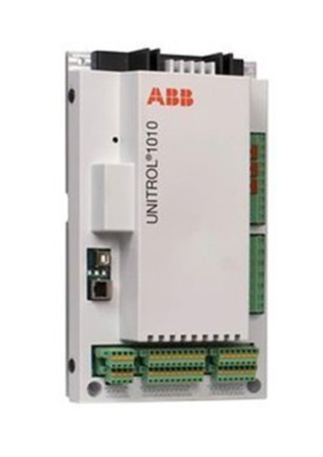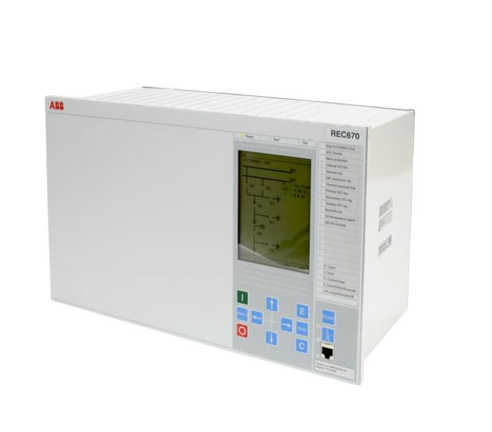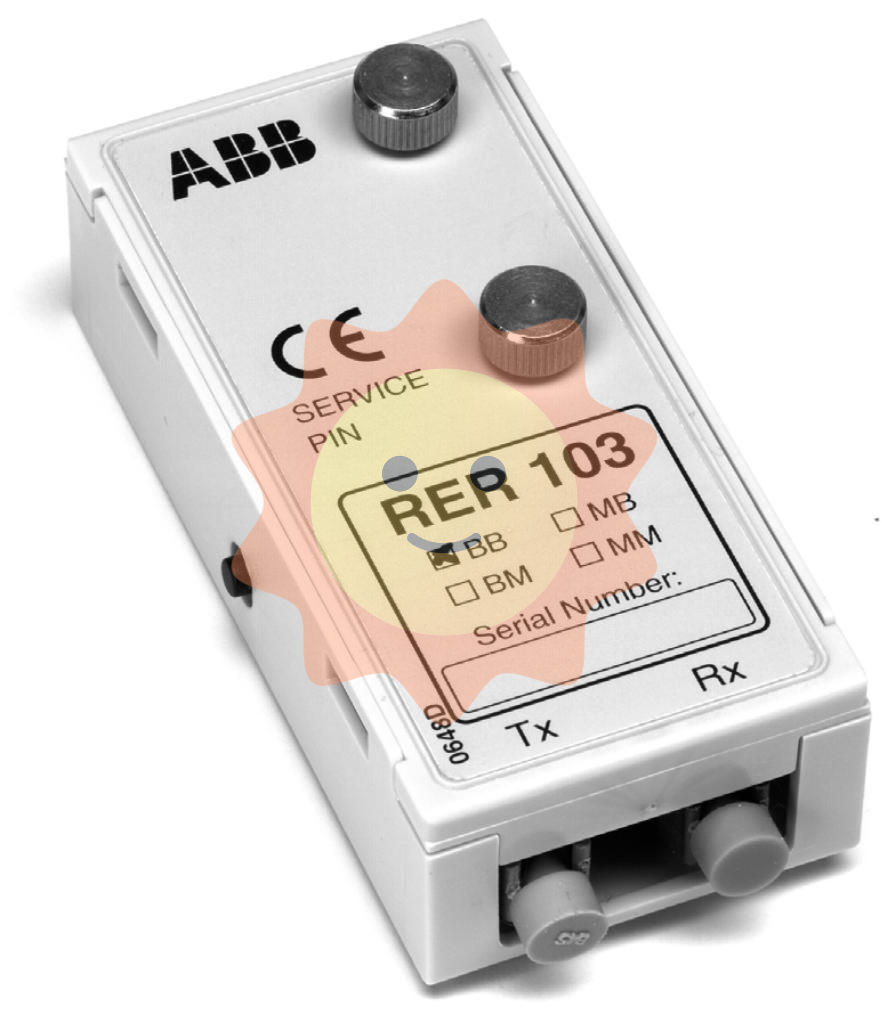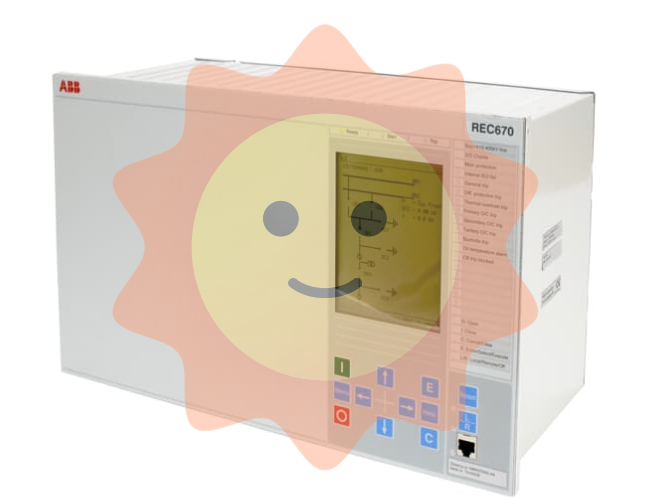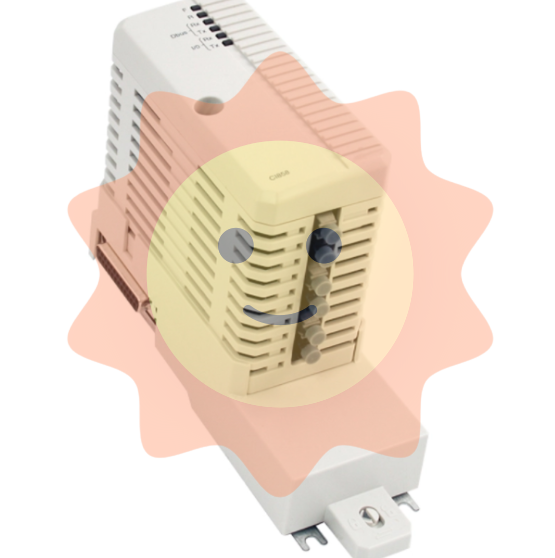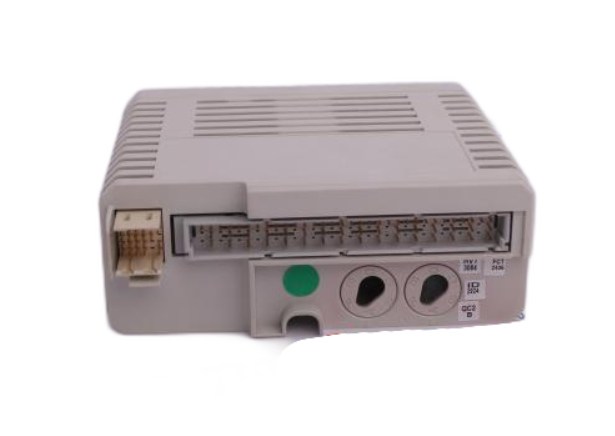Watlow CLS200 series controller
RTD fault (RO/RS): Check the RTD wiring (open/short circuit), measure the RTD resistance (20-250 Ω normal), replace if damaged.
(3) Communication malfunction
Check whether the communication parameters (address, baud rate, protocol, verification) are consistent with the upper computer;
Check the wiring of EIA/TIA-232/485, terminal resistance (150-200 Ω) is required for EIA/TIA-485, shielded wire is needed for long-distance communication, and one end of the shielding layer is grounded;
Use a communication tester or oscilloscope to detect the signal and eliminate the grounding loop (an optical isolation converter can be used).
2. Maintenance operations
(1) NO key reset
Restore all parameters to default values. Operation: Press and hold the "NO" key after power off, release it after power on, and press the "YES" key to confirm when the prompt "RESET WITH DEFAULTS?" appears; Before resetting, the parameters need to be recorded, and the computer monitoring system can save the parameters through software.
(2) EPROM replacement
Prerequisite: A cross screwdriver, a straight screwdriver, and an anti-static wristband are required. Record the parameters before replacement.
Step: Power off, remove the 4 screws on the front panel of the controller, and take out the electronic components; Remove the 4 screws from the top circuit board and unplug the circuit board; Use an IC extractor to remove the old EPROM and insert the new EPROM (pay attention to the direction of the notch); Reverse the steps to reassemble, power on and re-enter the parameters.
(3) Calibration resistor installation
The current, voltage, and RTD inputs of CLS204/CLS208/CLS216 require the installation of specific calibration resistors. The resistance value and position vary with the input type (such as CLS204 current input using 6 Ω or 3 Ω resistors), and must be soldered by professional technicians to avoid damaging the circuit board.
Technical specifications
1. Core specifications of the controller
Environmental parameters: working temperature 0-50 ℃, storage temperature -20-60 ℃, humidity 10-95% (non condensing), indoor use.
Physical dimensions: CLS200 processor module weighs 1.98 pounds (0.9kg), measures 8.0 inches (203mm) in length (without SCSI interface), has a width of 3.78 inches (96mm), and a height of 1.96 inches (50mm); TB50 weighs 0.32 pounds (0.15kg), measures 4.1 inches (104mm) in length, 4.0 inches (102mm) in width, and 1.5 inches (37mm) in height 🔶 1-3423, 1-3425, 1-3451 🔷。
Input/output: Analog input supports -10 to+60mV (or 0-25V with calibrated resistor), resolution>14 bits, accuracy 0.03% of full range (25 ℃); 8 digital inputs (TTL level), 35 digital outputs (open collector, maximum 60mA/24V DC); One CPU watchdog output (maximum 10mA/5V DC).
Communication: Supports EIA/TIA-232 (3-wire, maximum 50 feet), EIA/TIA-485 (4-wire, maximum 4000 feet), baud rate 2400/9600/19200, protocol Modbus RTU/Anafaze/Allen Bradley, verification BCC/CRC.
2. Auxiliary component specifications
Power supply: Input 120/240V AC (0.75A, 50/60Hz), output 5V DC (4A), 15V DC (1.2A).
Dual DAC: Operating temperature 0-50 ℃, output supports 4-20mA, 0-5V, 0-10V, accuracy ± 0.75% of full scale, load resistance varies with output type and power supply.
Serial DAC: Operating temperature 0-70 ℃, output supports 0-10V or 4-20mA (jumper selection), can cascade up to 16, CE certified.

- EMERSON
- Honeywell
- CTI
- Rolls-Royce
- General Electric
- Woodward
- Yaskawa
- xYCOM
- Motorola
- Siemens
- Rockwell
- ABB
- B&R
- HIMA
- Construction site
- electricity
- Automobile market
- PLC
- DCS
- Motor drivers
- VSD
- Implications
- cement
- CO2
- CEM
- methane
- Artificial intelligence
- Titanic
- Solar energy
- Hydrogen fuel cell
- Hydrogen and fuel cells
- Hydrogen and oxygen fuel cells
- tyre
- Chemical fiber
- dynamo
- corpuscle
- Pulp and paper
- printing
- fossil
- FANUC
- Food and beverage
- Life science
- Sewage treatment
- Personal care
- electricity
- boats
- infrastructure
- Automobile industry
- metallurgy
- Nuclear power generation
- Geothermal power generation
- Water and wastewater
- Infrastructure construction
- Mine hazard
- steel
- papermaking
- Natural gas industry
- Infrastructure construction
- Power and energy
- Rubber and plastic
- Renewable energy
- pharmacy
- mining
- Plastic industry
- Schneider
- Kongsberg
- NI
- Wind energy
- International petroleum
- International new energy network
- gas
- WATLOW
- ProSoft
- SEW
- wind
- ADVANCED
- Reliance
- YOKOGAWA
- TRICONEX
- FOXBORO
- METSO
- MAN
- Advantest
- ADVANCED
- ALSTOM
- Control Wave
- AB
- AMAT
- STUDER
- KONGSBERG
- MOTOROLA
- DANAHER MOTION
- Bently
- Galil
- EATON
- MOLEX
- Triconex
- DEIF
- B&W
- ZYGO
- Aerotech
- DANFOSS
- KOLLMORGEN
- Beijer
- Endress+Hauser
- MOOG
- KB
- Moxa
- Rexroth
- YAMAHA


Email:wang@kongjiangauto.com







































































































